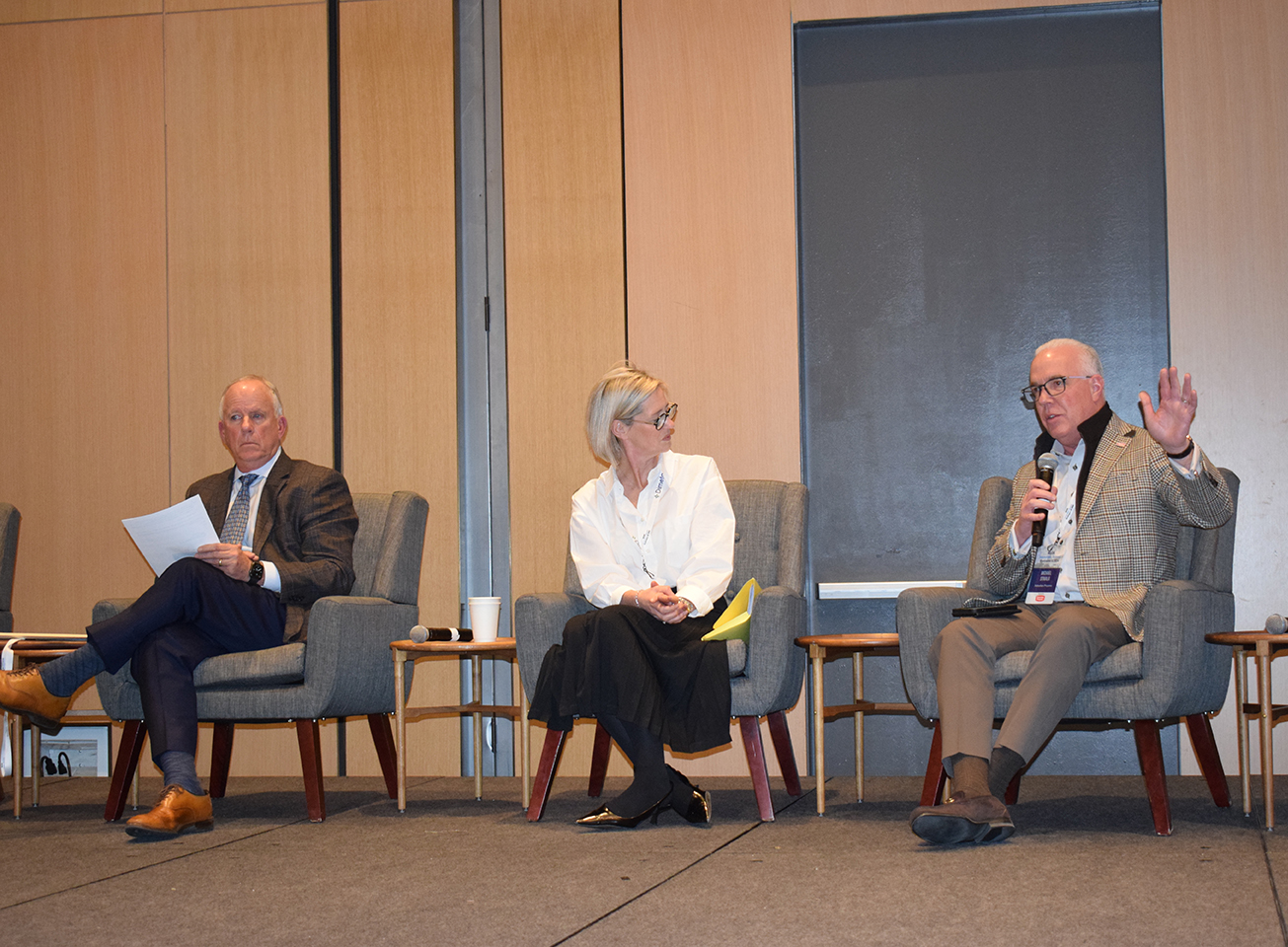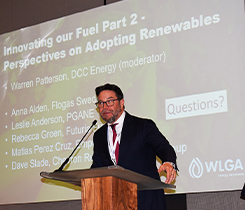Innovation Summit helps LPG leaders chart a path to the future

The Innovation Summit drew decision-makers and stakeholders from across the LPG spectrum. (Photo: LP Gas staff)
“This could be one of the most important meetings this industry has in this decade.”
That’s how one U.S. propane industry leader described the World Liquid Gas Association (WLGA) Innovation Summit.
The February event in Washington, D.C., gathered top decision-makers and stakeholders from across the LPG spectrum. As WLGA CEO and Managing Director James Rockall says, every stakeholder has a role to play in leading the industry into the future, especially as it’s moving at different speeds around the world.
LP Gas attended the summit. Here are our takeaways and some of the messages that reverberated throughout the day.
- Innovation is good for the industry and its customers. “Our customers need us,” says Beth Reid of UGI International. “We have to innovate to continue to serve those customers” who will require lower carbon, more affordable products in the future.
- Innovation is more than technology and research and development. It’s new business models, new partnerships. “There are some really interesting opportunities for this industry,” says Jack Lewnard of the Advanced Research Projects Agency-Energy, within the U.S. Department of Energy.
- Liquid fuels and molecules will matter in the next decade and beyond. “We’re going to need liquid fuels, and the decisions we make now are going to inform the carbon intensity of those fuels,” says Paula Gant of GTI Energy. “Now is the time for bold action.”
- Liquid fuels like LPG have the power to change the world in part by bringing clean cooking and heating fuels to developing countries.
- The industry has the right product, the right molecules for the future. “Your role is not peripheral. You have the products to replace over 50 percent of our energy,” Lewnard says. “If you can’t grow this industry by orders of magnitude, it’s because you let somebody else take your molecules and move them forward for you.”
- Leaders must support failure along the path to innovation. “In order to innovate, you will fail,” says Tamria Zertuche of Ferrellgas. “How we react with those failures – that’s true leadership.”
- There are no “silver bullets” with energy. Innovation must encompass all energy sources, and innovators need to consider these sources collectively so they can work together for society and human progress.
-
Whether as a byproduct or the result of on-purpose processes from low-carbon feedstocks, renewable liquid fuels are here today. The U.S. produces about 4.4 million gallons of renewable propane per year, with the largest facilities in California and Louisiana. Most of that volume, used for transportation fuel, comes from the Chevron Renewable Energy Group’s biorefinery in Geismar, Louisiana. Chevron says its renewable propane is produced from renewable raw materials such as waste fats and oils. U.S. propane industry leaders believe the opportunity exists to scale up annual production by 45-50 million gallons a year in the next two years, especially if other producers see an opportunity with renewable propane and begin to build offtake agreements with propane marketers. The industry should aim to get 150-200 million gallons of renewable propane a year through the hydrotreating process using fats, oils and greases, according to Gokul Vishwanathan, director of research and sustainability at the Propane Education & Research Council. Oberon’s renewable dimethyl ether (rDME) plant in California can produce 1.5 million gallons of rDME a year, with more production planned for the U.S.
- State propane associations are a good example of some initial success stories. Leslie Anderson of the Propane Gas Association of New England says renewable propane in her region has accelerated beyond her expectations.
- The challenge for the industry is to tell its story. The federal government is making $7 billion available for hydrogen hubs across the nation “because somebody told the story about hydrogen,” Lewnard says. “You have a better story; I haven’t heard it yet.”
- Educating policymakers and other stakeholders is key in developing the renewable liquid fuels marketplace. In addition to governments, the industry must place resources behind educating clients and customers, associations, universities, teachers and architects.
- Safety must be part of the discussion about innovation. “Our industry needs to be the safest place on earth,” says Fabian Ziegler of DCC Energy.
- Equipment manufacturers are also innovating and helping to drive demand for renewable liquid fuels, including Rinnai (for a hybrid, dual-fuel water heater and the use of rDME blends); Hyliion (for distributed power generation); Upstart Power (for fuel cells); and CarbonQuest (for carbon capture technology).
- Aggressive inaction will only harm the industry. Says Michael Stivala of Suburban Propane, “Let’s be really good at bringing energy to people.”


















Fantastic article Brian, thank you for covering this incredible day!